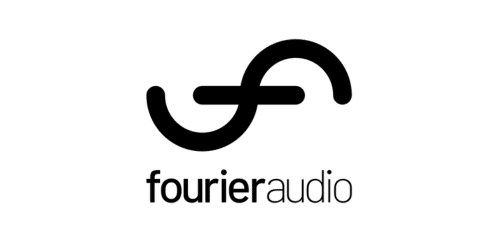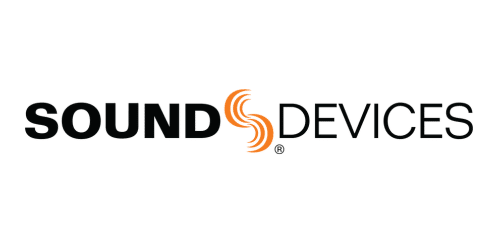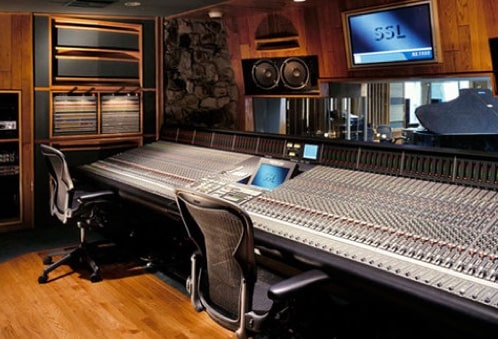Photo: Tedeschi Trucks Band FOH engineer and production manager Brian Speiser manning the DiGiCo SD10 FOH console at NYC’s Beacon Theatre (credit: Marc Lowenstein)
The Grammy Award-wining Tedeschi Trucks Band has been on the road nearly continuously since releasing its second studio album, Made Up Mind, in 2013. The band’s two married principals, vocalist/guitarist Susan Tedeschi and guitarist Derek Trucks, front an 11-piece band that’s often augmented by guest artists, which could make for a hectic live mix, but FOH mixer and production manager Brian Speiser has a not-so-secret weapon: a DiGiCo SD10 console supplied by SK Systems, Inc. Along with a DiGiCo SD8 used by monitor mixer Bobby Tis, even the most complex and last-minute stage configurations are more than manageable.
“”There are things I can do on the SD10 that could not be done on any other console,”” says Speiser, who in the past has toured with and mixed the Indigo Girls, 311 and They Might Be Giants, among others, and who is using the SD10 to mix the Tedeschi Trucks Band though a VER-supplied d&b Q Series line array system. For instance, he explains, three singers in the band change positions on stage and take turns singing lead. Plus, guest musicians are known to occasionally sit in, such as Jackie Greene, Eric Krasno and Duane Trucks at the recent sold-out, four-night stand during TTB’s annual residency at New York’s Beacon Theatre.
Speiser notes that he has created presets on the DiGiCo that are “”easily accessible when guests who have played with the band before return, and therefore I can get their settings back quite easily and quickly without needing them present for sound check. The macros allow me to change what input is being used by each singer’s channel as they move positions around the stage.
“”Sometimes I don’t learn who will be sitting in until the set list is printed out, ten minutes before the show,”” he says. “”But that’s all the time I need to make sure I have their sound dialed in from the very first note they play or sing. I don’t spend the first half of a solo or a verse getting the sound together. Plus, I’m not using up all the resources on the console by tying up more channels than we need to.””
Speiser says he’s been a user and a fan of DiGiCo consoles since he first used the DiGiCo D1 Live console. “”It was the console that let me make the transition from analog to digital, because it didn’t have that sterile digital sound,”” he says.
This year the Tedeschi Trucks Band moved from the SD10 48-kHz racks to the 96-kHz racks, and Speiser has begun using the DiGiGrid MGB interface. “”This lets me do a virtual soundcheck at 96 kHz, which sounds incredible,”” he says. “”But what I really love about the SD10 is how it lets me personalize the work surface. You can put anything you want anywhere on the console, route a signal any way you want to, even if the only person it makes sense to is you. Some consoles actually push back when you try some things. Not this one. The user interface is the best thing about it, besides the sound.”” Speiser pauses for a second, then adds, “”This console is just so good, it’s not fair to the other ones!””

















